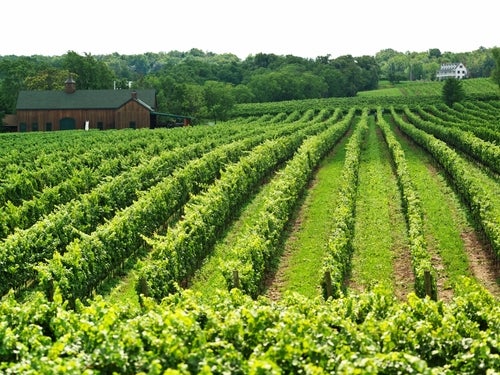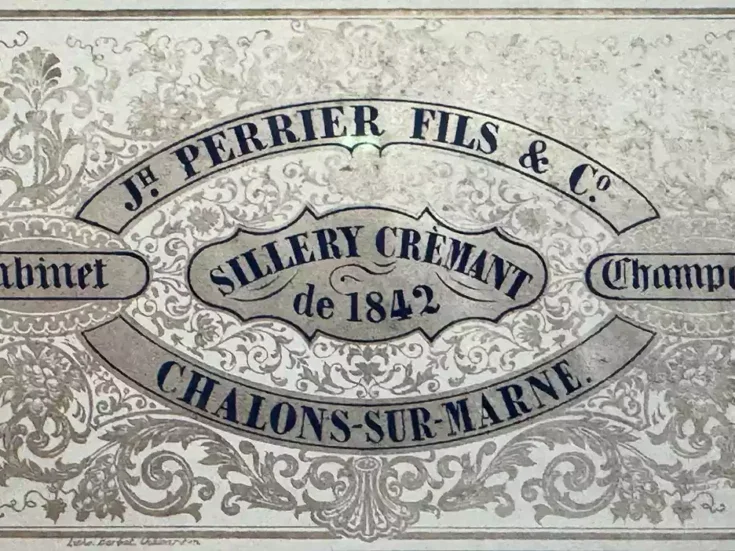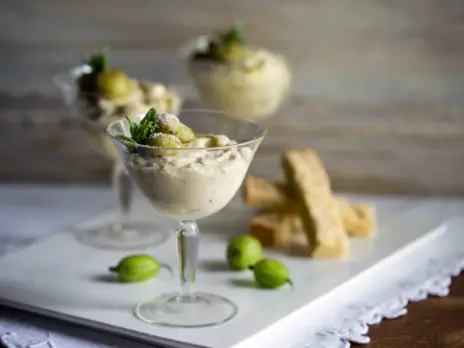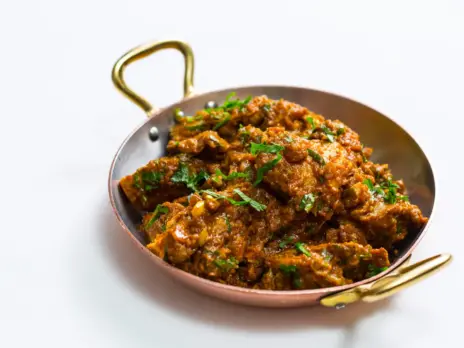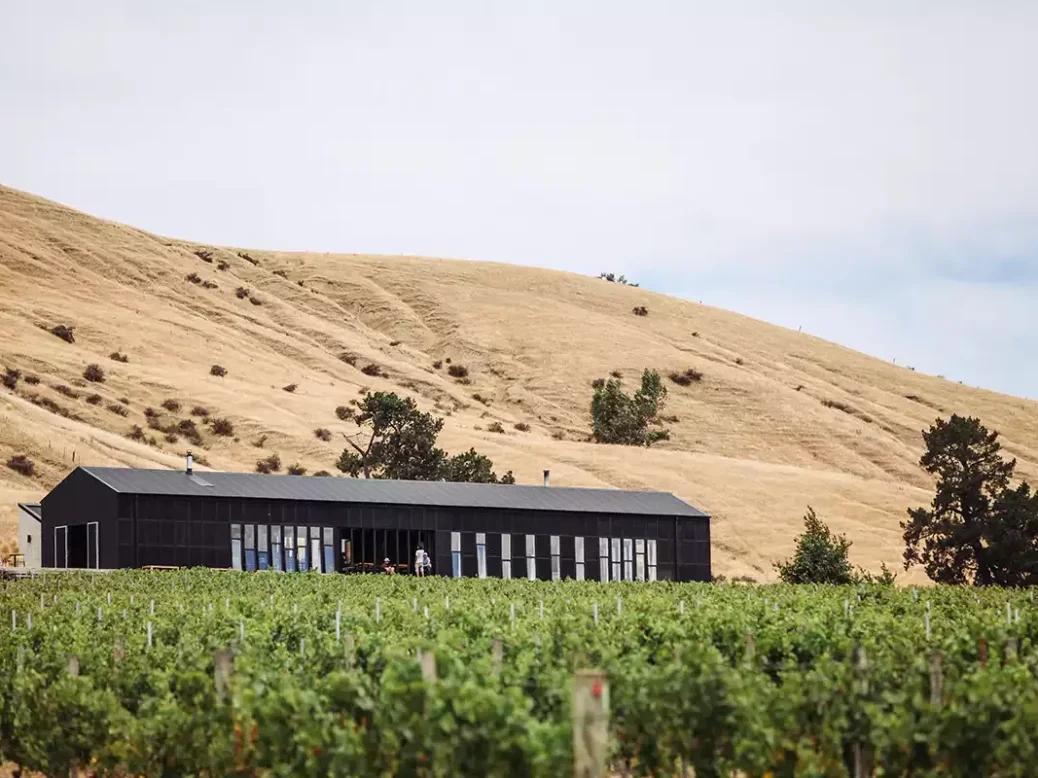
North Canterbury is another region so extensive that all manner of things are possible. It is also another region where Pinot Noir and Chardonnay are the standout varieties. As well as that pair, we are finally seeing some scintillating Riesling. There is an elegance and intensity to the best wines from this region that is utterly compelling.
North Canterbury is much larger than many realize, with a fraction short of 1,500ha (3,700 acres) planted. Pinot Noir occupies 444ha (1,097 acres), with Sauvignon Blanc close at just over 400ha (988 acres). I suspect much of this is from the Plains and incorporated into wines from around the country. It is proving a reliable source for this variety, even if we are not seeing the expected local stars. No doubt they’ll follow. Riesling plantings are 271ha (670 acres) and Pinot Gris 215ha (530 acres). Surprisingly, Chardonnay is just 99ha (244 acres). This is becoming a theme: Chardonnay might not be heavily planted, but it is still making some of the very finest wines. (That being said, many of the best Chardonnay producers in this region—Pegasus Bay, Boneline, Black Estate, and Greystone—produce even better Pinot.)
Smith & Sheth, whom we met briefly earlier in this series in Hawke’s Bay, also run Pyramid Valley, one of the region’s most famous names. Under their auspices, production has considerably increased from the days when Mike Weersing founded the estate. The wines are at least as good. We gained a glimpse into the future at Pyramid Valley, watching a drone spraying the vineyards. With such technology, an hour or two will achieve what took men on tractors several days. (The labor savings may be a little while off, though, since pretty much all the vineyard staff gathered to watch! No doubt that will be rectified in time.)
Pyramid Valley is focused very much on vineyard terroir, and as the wines gain more exposure, the differences will become more apparent. For serious wine geeks, this place is heaven.
While Pyramid Valley is one of the best-known names from North Canterbury, Bell Hill is one of the best known from the country as a whole. Personally, if I were limited to a single New Zealand winery for both Pinot Noir and Chardonnay, it would be Bell Hill without question.
A trio of fine North Canterbury wines
2022 Pyramid Valley Lion’s Tooth Chardonnay
Planted more than 20 years ago, this small vineyard (0.4ha [1 acre]) has a serious planting density of 11,111 vines/ha. The grapes are foot-stomped and whole-bunch pressed. Twenty months on lees in French oak and a period to settle in stainless steel. Wonderful richness here, with an underlying elegance. Bright energy and seductive texture. Easily a decade of pleasure ahead. | 96
2020 Pegasus Bay Prima Donna Pinot Noir
One of the region’s most established producers, the Donaldson family are great ambassadors for both it and their own wines. Prima Donna is their reserve Pinot. 40% whole bunches, 14 months French-oak maturation before barrel selection. Depth and complexity here, with black cherries, dark berries, and tobacco leaves. Many years ahead. | 95
2020 Black Estate Damsteep Pinot Noir
The fully organic (biodynamic since 2012) and high-density vineyard was planted in 2000, and the wine comes from nine discrete parcels therein. A generous style of Pinot, with dark berries, fennel, bergamot, and leather. Lovely, lingering finish. | 94
Bell Hill—World-class North Canterbury Pinot Noir and Chardonnay
This tiny cult operation was established by Marcel Giesen, of the famous Giesen winemaking family, and his wife Sherwyn Veldhuizen in the late 1990s on the site of an old limestone quarry in Waikari. It was also part of a bell-shaped hill. The aim, as it so often is, was world-class Pinot Noir and Chardonnay. Officially, the first Bell Hill wines date back to the 2003 vintage, though they make a second label, Old Weka Pass Road, that had appeared prior to this.
The place reminds me of what one might have encountered had Hobbiton had a winery, but these days, if one is talking movies, Jurassic Park might be more apt. A small patch of swamp at the base of the property is proving to be an incredible source for fossils, mostly of the giant moa (imagine a very hefty 10ft [3m] ostrich). There are also remains of a number of Haast’s eagles, which fed on the moa—those I’ll leave to the imagination.
Production, especially in the early days, was minuscule. Even many Bell Hill aficionados were unaware that it made a Chardonnay for quite a few years, and allocation across mail-order customers, local outlets and restaurants, overseas distributors and fans can be extremely difficult. Just how do you share 252 bottles of Chardonnay with such demand? That was what frost left them in 2015. The wine is spectacular—for me, one of the two great southern-hemisphere Chardonnays (along with Giaconda from Australia). During our visit, Marcel and Sherwyn brought out, among many bottles, a 2002 Chardonnay. Yes, 2002; a year before a Bell Hill wine was ever released, they bottled 100 bottles for themselves. It was the most glorious Chardonnay I have seen for some time. I would have no hesitation in giving it 100 points and happily argue all night with anyone who did not.
The Pinot is slightly better known. For both the Chardonnay and the Pinot Noir, they are now making tiny amounts of single-parcel wines. They are not big enough to allocate a single vineyard to them: Limeworks (first vintage 2016) for the Chardonnay and Shelf (first vintage 2018) for the Pinot. Marcel did bottle a tiny quantity of Shelf Pinot in 2007. It was still fresh and yet stunningly complex. By a tiny quantity, I mean three bottles. It seems he dipped into a barrel of their standard release at the time. It’s not often that one gets to drink one third of the entire production of a wine.
2019 Chardonnay
The latest release, this is perhaps a little richer and fuller than some. Stunning stuff, intensity intertwined with elegance and that line of salinity that runs through so many of their Chardonnays. Such potential. | 98
2018 Shelf Pinot Noir
Sour cherries, bay leaves, bold cherries, animal skins, flesh, tobacco leaves, and undergrowth, with the wonderful chalky note that provides support for so many of their Pinots. This is clearly a 20-year proposition. | 98

